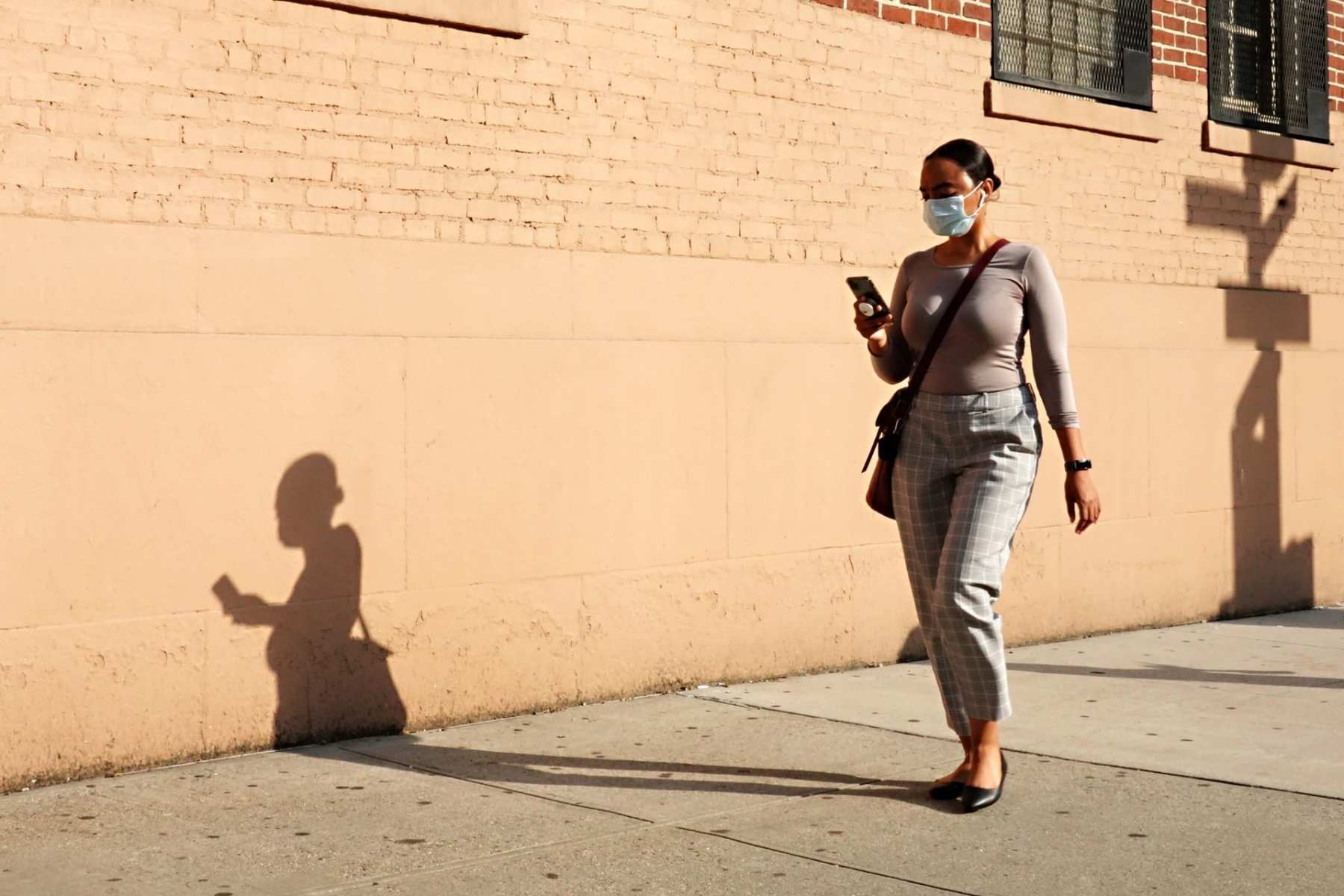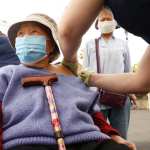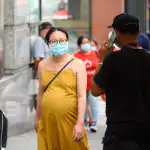Even as racial gaps in COVID-19 cases have narrowed, young people of color have been consistently more likely than young White people to test positive for the virus in the past year, per a new analysis by the Centers for Disease Control and Prevention. Women of color between ages 15 and 24 were most likely to contract the virus.
The analysis, done on 2020 data collected from 16 American jurisdictions, builds on a vast body of evidence showing that communities of color have suffered disproportionately throughout the pandemic.
Over 2020, the racial disparities among young people appeared to narrow as recorded cases of COVID-19 increased among young White people, catching up with the higher rates of disease among other groups.
Between January and the end of April, young people who identified as Black, Asian, Native Hawaiian/Pacific Islander, American Indian/Alaska Native and Hispanic/Latinx all tallied higher counts of COVID-19 per 100,000 people.
From May until the end of August, almost all of those groups — except Asians — continued to report higher case counts per 100,000 than White people. And from September through the end of the year, all groups of young people except for Asian and Black people still had higher numbers of cases than White people.
It isn’t clear, the report authors note, whether the narrowing in racial disparities had to do with the fact that some young people — particularly those who went to reopened colleges in the fall — had more consistent access to coronavirus testing, and therefore might have been more likely to record coronavirus cases.
The CDC paper also does not explain how or why the gender gap in COVID-19 cases arose. But it likely has to do with the distinct vulnerabilities that affect young women of color, said Helen Keipp Talbot, an associate professor of infectious diseases at Vanderbilt University and a voting member of the federal Advisory Committee on Immunization Practice.
Gender disparities in COVID-19 only emerged among people ages 15 to 24. That age group is more likely to be working and have caregiving responsibilities that would disproportionately affect women. For people ages 0 to 14, gender gaps in COVID-19 were small or nonexistent.
In fact, Talbot noted, young women of color are more likely to have frontline worker jobs — as nurses, or in retail or grocery stores — and are more likely to have to care for people who are sick. Those roles would increase their exposure to COVID-19, and add to their risk of getting sick.
“I don’t think it’s genetic. It’s more of a front-facing, frontline job issue,” she said. “Can I prove that? Not necessarily, but that would be my guess.”





